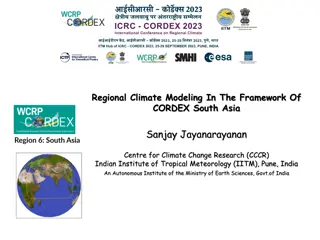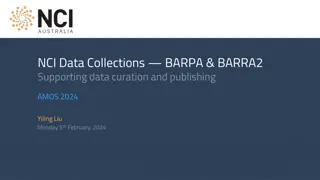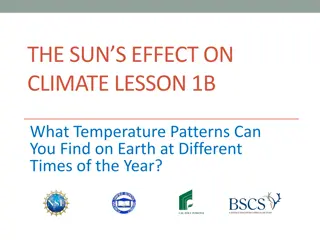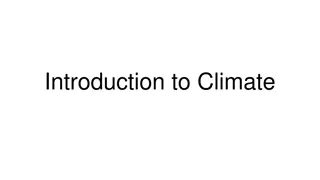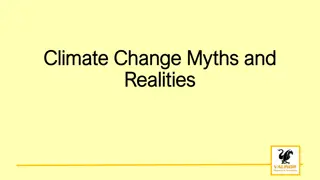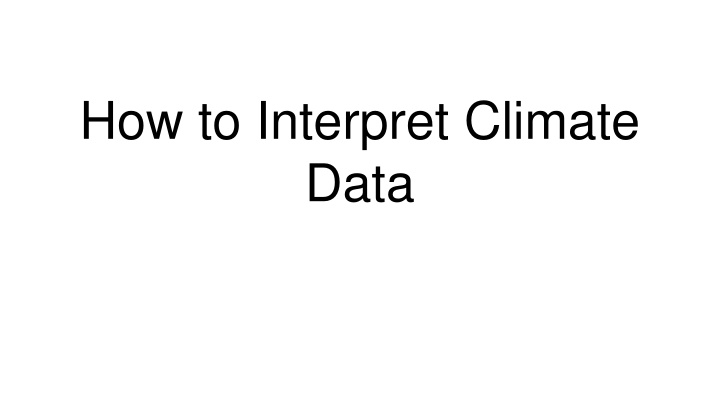
Interpreting Climate Data: Understanding Trends and Patterns
In the world of climate data interpretation, understanding trends, patterns, and uncertainties is crucial. Pay attention to the axes, anomalies, starting points, temperature ranges, ranges of uncertainty, and the significance of time scales. Explore the meanings behind different graph components like blue areas and multiple lines, and grasp the significance of predicting emission reductions for the future. The data tells a story of climate change that requires careful analysis and consideration.
Download Presentation

Please find below an Image/Link to download the presentation.
The content on the website is provided AS IS for your information and personal use only. It may not be sold, licensed, or shared on other websites without obtaining consent from the author. If you encounter any issues during the download, it is possible that the publisher has removed the file from their server.
You are allowed to download the files provided on this website for personal or commercial use, subject to the condition that they are used lawfully. All files are the property of their respective owners.
The content on the website is provided AS IS for your information and personal use only. It may not be sold, licensed, or shared on other websites without obtaining consent from the author.
E N D
Presentation Transcript
Pay attention to the X and Y axis What year does this data start? Why is the temperature range so small? What does an anomaly mean?
Pay attention to the X and Y axis When does this graph start? What is the range of uncertainty? Where did the temperature data come from before there were instruments?
Pay attention to the X and Y axis When does this graph start? Why is it important to look at the time scale when thinking about climate change? Can we look at a single day temperature and say whether climate change is happening?
Pay attention to the title and the key What is this graph measuring? What does the blue area mean?
Pay attention to the title and the key What is this graph measuring? What does the blue area mean?
Pay attention to the title and the key What is this graph measuring? What does the blue area mean?
What is the Trend? (the pattern in the data) What is the trend of this graph? Is it positive, negative, stays the same?
What is the Trend? (the pattern in the data) What is the trend of this graph? Is it positive, negative, stays the same?
Why are there multiple lines on this graph? Sometimes different lines mean different scenarios. How do scientists predict that humans will curb their emissions in the future
Why are there multiple lines on this graph? Sometimes different data comes from different climate models and report slightly different findings. Remember that climate is very complicated, change one variable and many other outcomes can change


